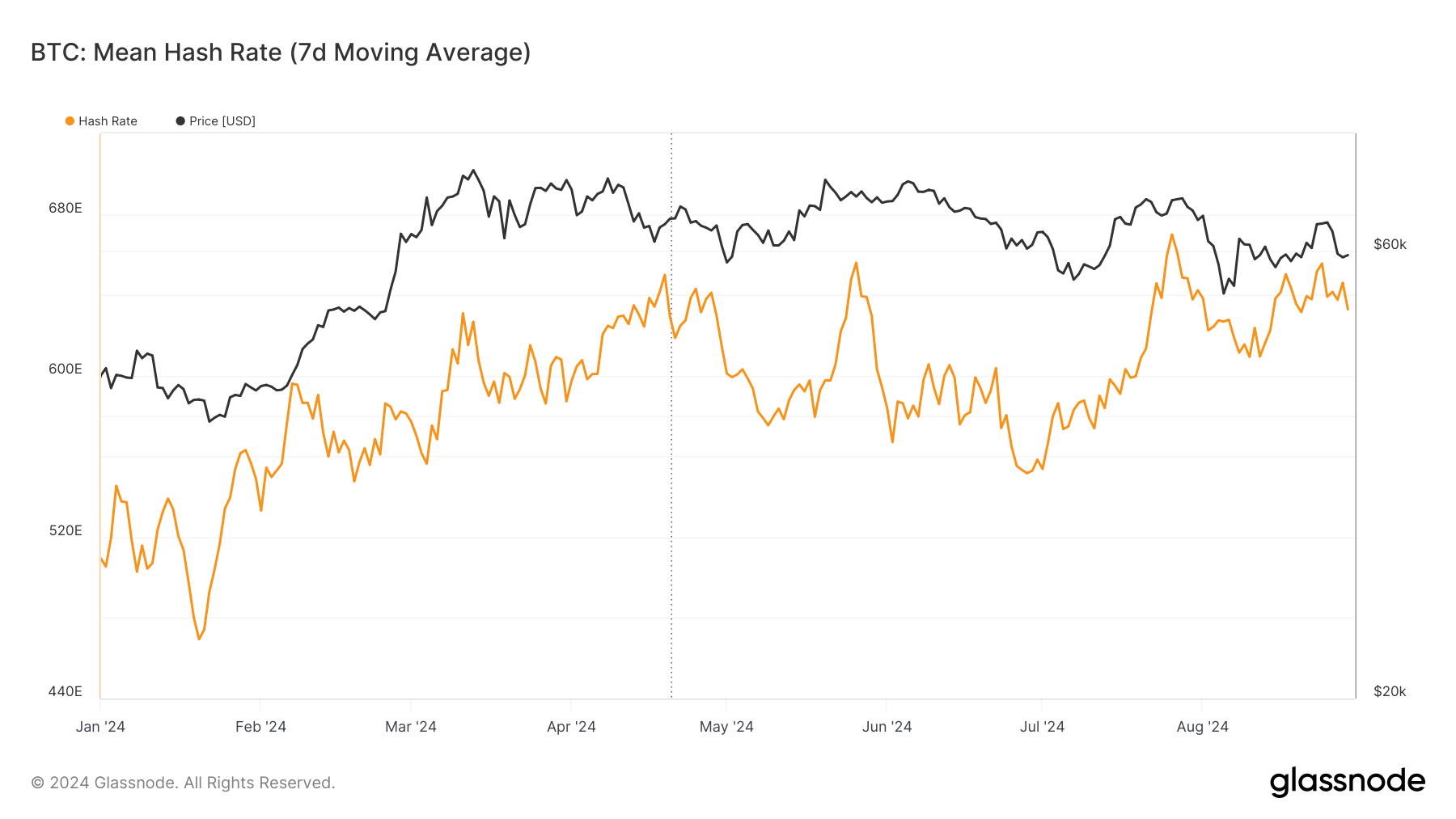Gary Gensler recently gave an interview to the New York Magazine in which he had some revealing things to say about Bitcoin and its knockoffs, and in particular whether or not they are securities.
“At the core,” he said of most digital assets, “these tokens are securities because there’s a group in the middle and the public is anticipating profits based on that group.”
Gensler refers to the well-trodden concept of decentralization in digital asset projects. Because the Howey test for determining whether a particular digital asset offering amounts to an investment contract and therefore a security requires that there be a reasonable expectation of profits derived from the efforts of others, the U.S. Securities and Exchange Commission (SEC) has consistently taken the position that where a project is subject to centralized control, it will likely amount to a security.
For example, in 2019, the SEC released a Framework for the “Investment Contract” Analysis of Digital Assets, a distinction is made between digital asset projects where there are “essential tasks and responsibilities” performed by an “unaffiliated, dispersed community of network users” as opposed to a centralized core of developers. Similarly, SEC corporate finance director William Hinman said in 2018 that digital assets may not amount to securities “if the network on which the token or coin is to function is sufficiently decentralized.” SEC Commissioner Hester Peirce further helpfully defined decentralized as meaning “it is not controlled and is not reasonably likely to be controlled, or unilaterally changed, by any single person, group of persons, or entities under common control.”
Bitcoin is decentralized—BTC is not
For this reason, virtually all digital asset products amount to securities. But the SEC has also consistently carved out an exception to this: Bitcoin. According to them, Bitcoin is decentralized and is therefore more like a commodity than a security.
Gensler and the rest of the SEC are right: centralization does matter. And they’re right to say that Bitcoin—as originally defined in Satoshi Nakamoto’s white paper and currently expressed by BSV—is decentralized. The Bitcoin protocol as there-defined is fixed and not subject to change: there are no groups of developers unilaterally tweaking the rules of the system. The protocol governing BSV is set in stone, and there is no central power arbitrarily exercising control to change the system: it remains as it was initially described in the white paper.
The mistake comes when people apply the SEC’s broad statements about Bitcoin to its knockoffs: the likes of BTC, which contrary to popular belief is subject to centrally-controlled protocol changes made by a fixed and identifiably body of core developers. Crucially, these changes have moved BTC further away from the Bitcoin system originally described in the white paper.
For example, in 2021, BTC underwent a massive protocol update known as Taproot. The update in essence aggregates the signatures going into a given transaction at the protocol level by hiding inputs, signing in batches and then mixing the outputs. It’s a fairly big change, in no small part because of the potential impact it has on the anti-money laundering liability of those who are a part of the network. Earlier, there was the Segregated Witness (SegWit) update, which separates signature data from transaction data and has the effect of removing one of Bitcoin’s key data integrity checks.
Or how about the time—as recently pointed out by Kurt Wuckert Jr.—that BTC’s core developers made the choice to oust one of their own lead developers Gavin Andresen:
We made the right call in ejecting @gavinandresen from Bitcoin.
It doesn’t matter what NDAs or other agreements he might have signed with Craig Wright. Continuing to leave this up is being complicit with fraud. The ethical thing to do is rescind it and accept the consequences. https://t.co/Wb9jpPasEO
— Peter Todd/mempoolfullrbf=1 (@peterktodd) February 4, 2023
Wuckert aptly exposes this for the centralized exercise of power that it is by asking two simple questions:
- Who’s “we,” Peter?
- How did the individuals of “we” get the authority to “eject” the lead developer?
If BTC is decentralized, then these questions should be unintelligible. But they aren’t: they have answers, and those answers mean that control over BTC is in fact highly centralized.
Ethereum is another project falsely held up by the SEC as decentralized and thus not subject to classification as a security. But the myth of decentralization is as present here as it is with BTC: the ETH protocol is entirely governed by the Ethereum Foundation, a concentrated group of core developers who propose the rules by which the protocol operates and who take it upon themselves to make drastic changes to the protocol when disaster hits (as happened in 2016).
Such changes—either on BTC or ETH—did not appear from nowhere: they are based on the whims of a concentrated group of developers who are designing and proposing these fundamental changes, while the rest of the network merely has to suck them up. Any network participants who reject these rules are forced off the network. If you were to ask of any of these changes to the BTC protocol, “who decided this?”, you will inevitably be given one of a few names that have always been identifiable as someone in control of BTC’s development. On that basis, how can it be said that BTC and similarly governed projects are decentralized?
Regarding Ethereum at least, the SEC has signaled that it is beginning to see through this myth of decentralization: it recently took action against the Ethereum-based SPRK project on the basis that ETH transactions are validated by a network of nodes mostly clustered in the US, rejecting the argument that the network was simply a decentralized mass of users with no fixed base.
And BTC’s centralization has only become more apparent as the years have gone by. Just recently, the U.K. Court of Appeal recently ruled that a case against core groups of digital asset developers—including those in charge of BTC—would have to face a lawsuit which claims that as controllers of the Bitcoin network they owe fiduciary and tortious duties to their users, duties which among other things would compel them to return access over stolen coins to their rightful owners. Though the issue is set to be conclusively determined at a full trial, the Lord Justices in ruling stated that the case could go ahead acknowledged the possibility that blockchains such as BTC are not decentralized at all:
“If the decentralized governance of Bitcoin really is a myth, then in my judgment, there is much to be said for the submission that bitcoin developers, while acting as developers, owe fiduciary duties to the true owners of that property.”
BTC is not Bitcoin
This distinction between Bitcoin and BTC matters: it’s why the industry’s biggest names are about to have their feet held to the fire over perpetuating the confusion. Coinbase (NASDAQ: COIN) and Kraken are facing legal action from Bitcoin inventor Dr. Craig Wright in the U.K. for ‘passing off’ the likes of BTC as the original Bitcoin. In a statement issued at the time the action was filed, Dr Wright said:
“BTC is not in any way related to the system I set out in my Bitcoin Whitepaper which I released in 2008. BTC Core engineers have significantly altered the code to a point where it is not, and cannot be considered Bitcoin. BTC is being passed off as Bitcoin. Consumers need to be protected from this misleading activity that these exchanges/developers are conducting for their own financial benefit.”
Further, the U.K. High Court has accepted a claim against the collective BTC partnership for violating Dr. Wright’s rights in the original Bitcoin database, further establishing that those in charge of BTC are an identifiable group of developers and associated entities as opposed to the decentralized mass of users described by the myth.
So, the SEC rightly continues to focus on centralization in assessing whether or not a given digital asset offering amounts to a security. What is needed is a reassessment of the assumption that BTC and ETH are decentralized. Fortunately, this reassessment appears close on the horizon, and is brought closer every time BTC’s core developers act to radically change the protocol, as is now happening in response to the recent Ordinals fiasco, or as the legal system continues to poke holes in the myth, as looks set to happen in Dr. Wright’s fiduciary duties case.
Follow CoinGeek’s Crypto Crime Cartel series, which delves into the stream of groups—a from BitMEX to Binance, Bitcoin.com, Blockstream, ShapeShift, Coinbase, Ripple,
Ethereum, FTX and Tether—who have co-opted the digital asset revolution and turned the industry into a minefield for naïve (and even experienced) players in the market.
New to Bitcoin? Check out CoinGeek’s Bitcoin for Beginners section, the ultimate resource guide to learn more about Bitcoin—as originally envisioned by Satoshi Nakamoto—and blockchain.




I really enjoy examining on this internet site, it contains superb content. “Wealth and children are the adornment of life.” by Koran.
Heya i’m for the first time here. I came across this board and I find It really useful & it helped me out much. I hope to give something back and help others like you aided me.